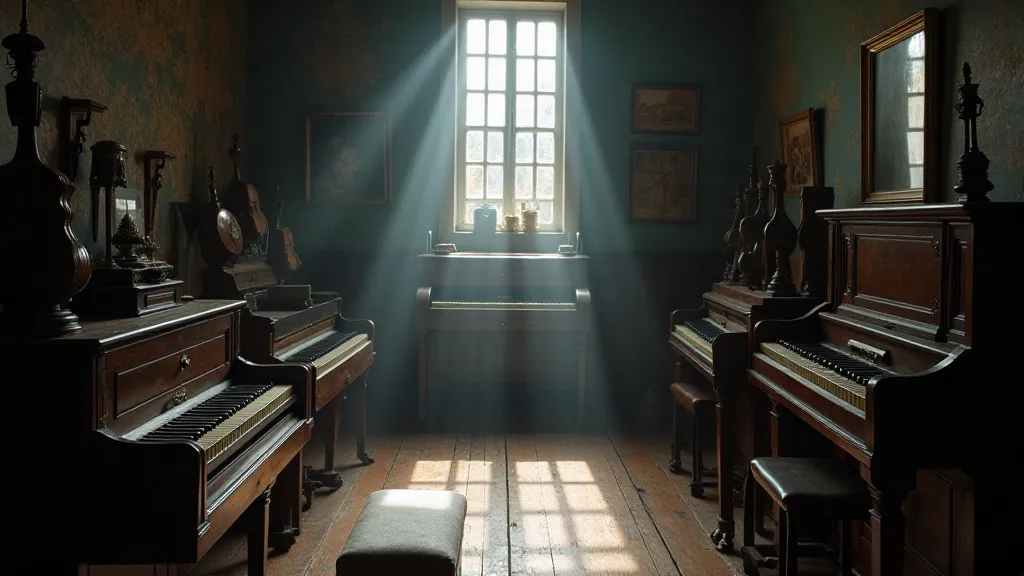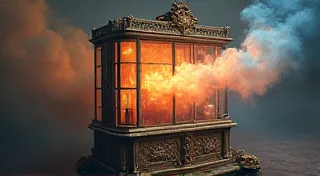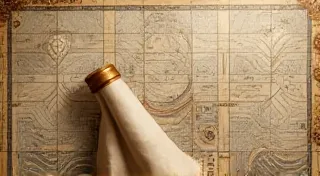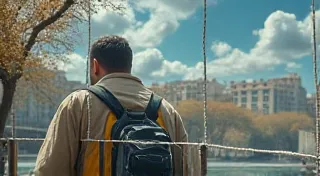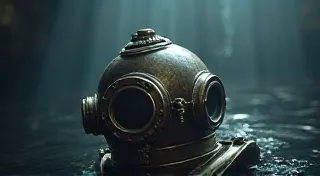The Echoing Void: Soundtrack Music and the Weight of Memory
There's a peculiar ache that accompanies the discovery of a forgotten movie. Not the disappointment of a poorly executed plot, but a deeper resonance – a sense of loss for something that never truly existed, a parallel universe of cinematic possibility that faded away. And often, that ache is amplified by the soundtrack. A forgotten movie soundtrack isn't just music; it’s a temporal capsule, a vessel carrying the emotional weight of a film relegated to the shadows, a testament to the enduring power of memory and the bittersweet beauty of what’s lost. We often celebrate the iconic scores of Hollywood titans – Williams, Zimmer, Morricone – but it’s the hushed tones, the melancholic melodies emanating from the cinematic periphery, that truly capture the essence of forgotten narratives.
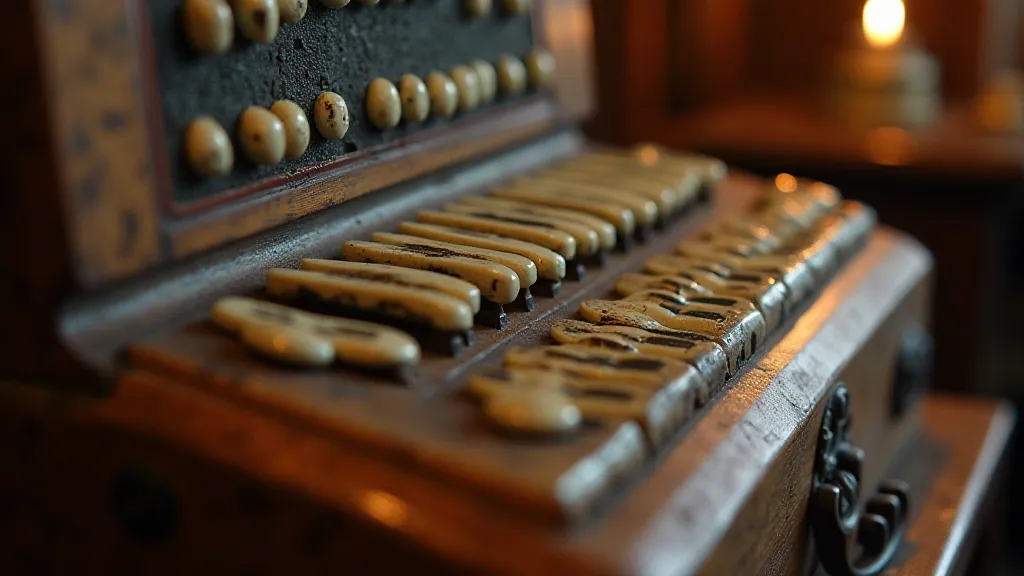
The Anatomy of Melancholy: Music and Memory
The connection between music and memory is deeply rooted in our neurological architecture. Music bypasses the conscious mind, triggering vivid emotional responses linked to past experiences. A particular chord progression, a specific instrument – even a certain timbre – can transport us back to a specific moment, rekindling feelings we thought long dormant. A forgotten soundtrack, often composed with earnest creativity and a distinct, almost naive sensibility, wields this power with particular intensity. Unlike modern scores that often prioritize bombastic pronouncements and instantly recognizable motifs, these older soundtracks often rely on subtlety, on the delicate interplay of instruments and the evocative use of space. They're less about dictating the narrative and more about creating an atmosphere, a feeling – an echo of a world that once was.
Consider, for instance, the soundtrack to "The Crimson Hour" (1987), a little-seen gothic romance. The score, largely composed of synthesized strings and a recurring piano motif, isn’s flashy. It's almost mournful in its simplicity. It doesn't scream "horror," but instead whispers of loss, of regret, of the slow, creeping despair that consumes its characters. Hearing that score years later, outside the context of the film itself, evokes not just the plot of the movie, but the feeling of being a young person, grappling with the weight of unspoken truths, the bittersweet ache of burgeoning love, and the inevitability of sorrow. The soundtrack isn’t a prop; it's a key – a key that unlocks a floodgate of deeply personal memories and emotions.
The Forgotten Instrument: Accordions and Echoes of the Past
And within these forgotten soundtracks, you're often treated to a surprising and poignant instrument: the accordion. Frequently relegated to the realms of polka and novelty music in modern perception, the accordion, in the hands of a skilled composer, is capable of astonishing emotional range. Its unique timbre – a combination of breathy bellows and reedy keys – lends itself particularly well to evoking a sense of longing, of wistfulness, and of a history tinged with melancholy. Think of the accordion's use in the soundtrack to "The Vanishing" (1993), a haunting Dutch film about obsession and disappearance. The accordion isn't featured prominently, but its sporadic appearances add layers of unspoken dread and existential yearning. The sound clings to the screen like a persistent shadow.
The rise and fall of the accordion’s popularity reflects broader cultural shifts. Its prominence in European folk music traditions made it a welcome addition to scores seeking a touch of old-world charm or a sense of rustic authenticity. However, with the rise of synthesizers and electronic music in the 1980s, the accordion was often viewed as antiquated, a symbol of a fading tradition. Its decline in popularity contributed to the obscurity of many of the films that featured it prominently. The instrument itself represents a tangible link to the past, a physical embodiment of the emotional weight we’re discussing.
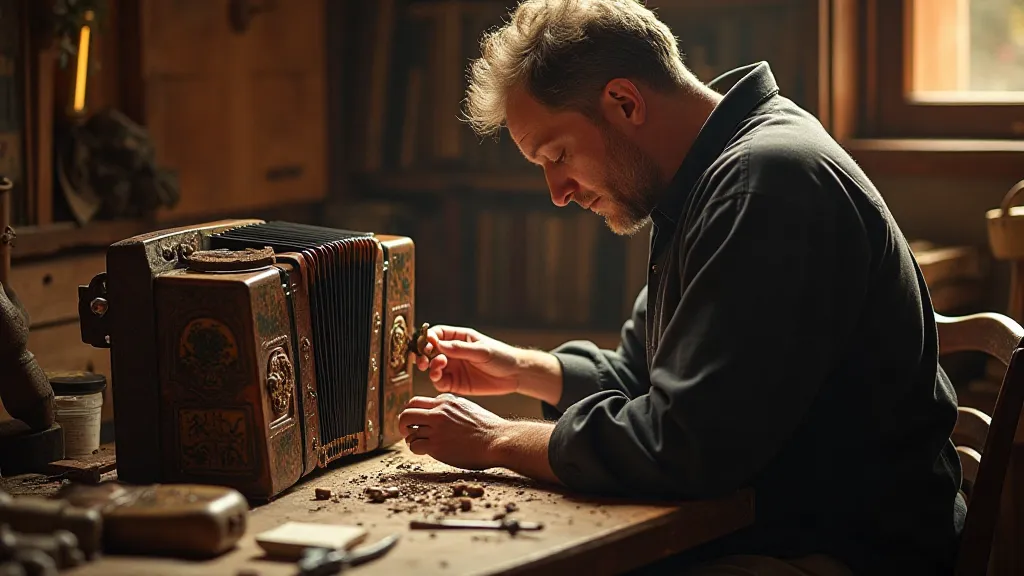
The Art of Restoration: More Than Just Fixing an Instrument
Restoring a forgotten soundtrack, or even an antique accordion, is more than just a technical exercise; it’s an act of preservation, of honoring the creative spirit of a bygone era. Soundtrack restoration often involves painstaking work to remove noise, repair damaged recordings, and even reconstruct missing pieces. It’s a labor of love, driven by a deep appreciation for the artistry involved. Similarly, restoring an accordion isn’t simply about replacing worn-out parts; it’s about understanding the instrument's construction, appreciating the craftsmanship that went into its creation, and preserving its unique character.
The process offers a profound connection to the past. Holding an antique accordion, feeling the texture of the aged wood, smelling the faint scent of dust and time – these are sensory experiences that transport you back to a different era. It’s a tangible reminder of the human effort and creativity that shaped our cultural landscape. It's a whisper from the past, offering a glimpse into the lives and experiences of those who came before us.
The Enduring Power of the Obscure
The appreciation of forgotten movie soundtracks isn't about seeking out the next blockbuster score. It's about finding beauty in the unexpected, about celebrating the artistic contributions of those who worked outside the mainstream, and about connecting with the shared human experience of loss, regret, and the enduring power of memory. It's about acknowledging that even the most obscure film, with its forgotten soundtrack, can offer a profound and deeply personal resonance.
The echo of these soundtracks lingers long after the film itself has faded from view. It's a reminder that even in a world obsessed with novelty and instant gratification, there's still value to be found in the forgotten, the overlooked, and the beautifully imperfect.
